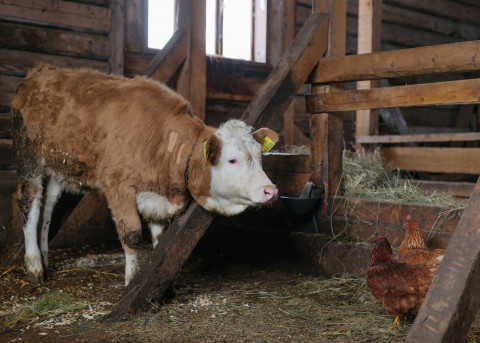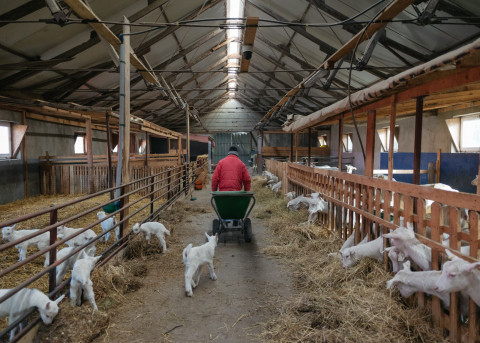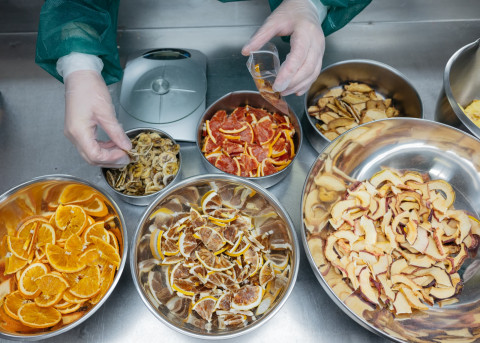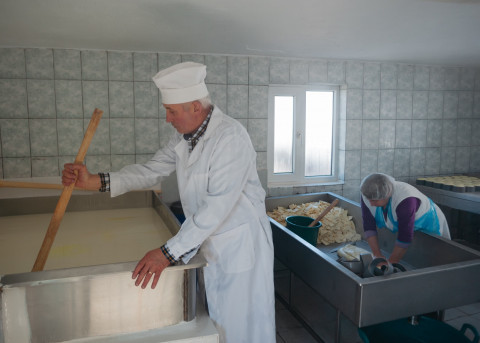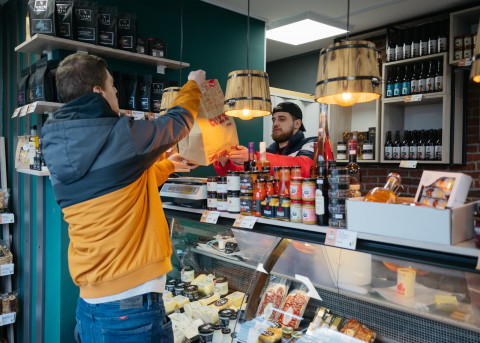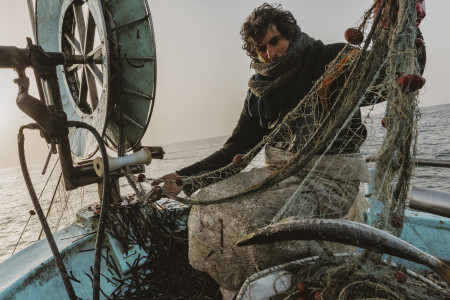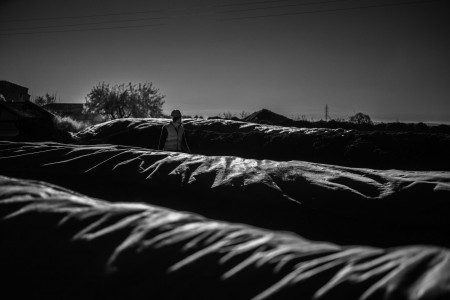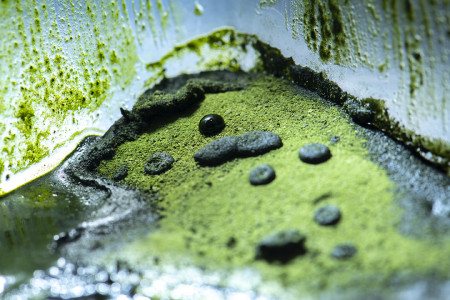Tell Me What You Eat

A story by Ciprian Hord
During the communist era, Romanian people had to endure gruelling food shortages and deprivation. It is easy then to understand how, following that chapter, mass production and consumption took the country by storm. There was an influx of imported goods, and small peasant farms that were dismantled by communists now faced a new threat—supermarkets.
But a new generation of consumers is coming to the fore. They favour local products not only for health reasons, but because they reflect traditions. By buying local, consumers know they are strengthening social cohesion and community spirit, contributing to the development of self-identity. They also know that their purchases provide employment opportunities and contribute to the preservation of rural space and the development of a sustainable, green economy.
As a consequence, everywhere in Romania, small farms are re-establishing themselves. Some grow fruits and vegetables; others raise animals for dairy and meat. Then there are those who make traditional products. The common thread linking all of them is a connection to the spirit of old rural societies that were wiped out by the communist regime. These were people who lived in harmony with nature, who had a millennial wisdom on how to keep soil and water healthy. They had an inherent awareness of sustainable methods of production, using natural resources sparingly and minimising waste. Romanian peasants were farmers who wanted to feed their children the fruit of the earth from their own garden. And that philosophy and care for the environment remained, even when they specialised and started producing for others.

Several NGOs have been set up to sustain this trend and strengthen the connection between the modern village and the world of busy city dwellers. These include Nod Verde (Green Knot) in Transylvania, Roade și Merinde (Fruits and food), and Nord Natural in Northern Moldova. They offer training and counselling on technological innovation and marketing activities. They also help local farmers meet market and food safety requirements, all while rebuilding a relationship of trust between producer and consumer which will ultimately increase sales.
This rebirth of local food producers in Romania is in harmony with the European Green Deal’s concern for providing healthy and affordable food to all. The Farm to Fork Strategy aims to make food systems fair, healthy, and environmentally-friendly. But food systems cannot be resilient to crises such as the COVID-19 pandemic if they are not sustainable.

A sustainable food system should have a neutral or positive environmental impact, thus helping to mitigate climate change and adapt to its impacts. It should also work to reverse the loss of biodiversity while ensuring food security, affordability, nutrition, and public health.
